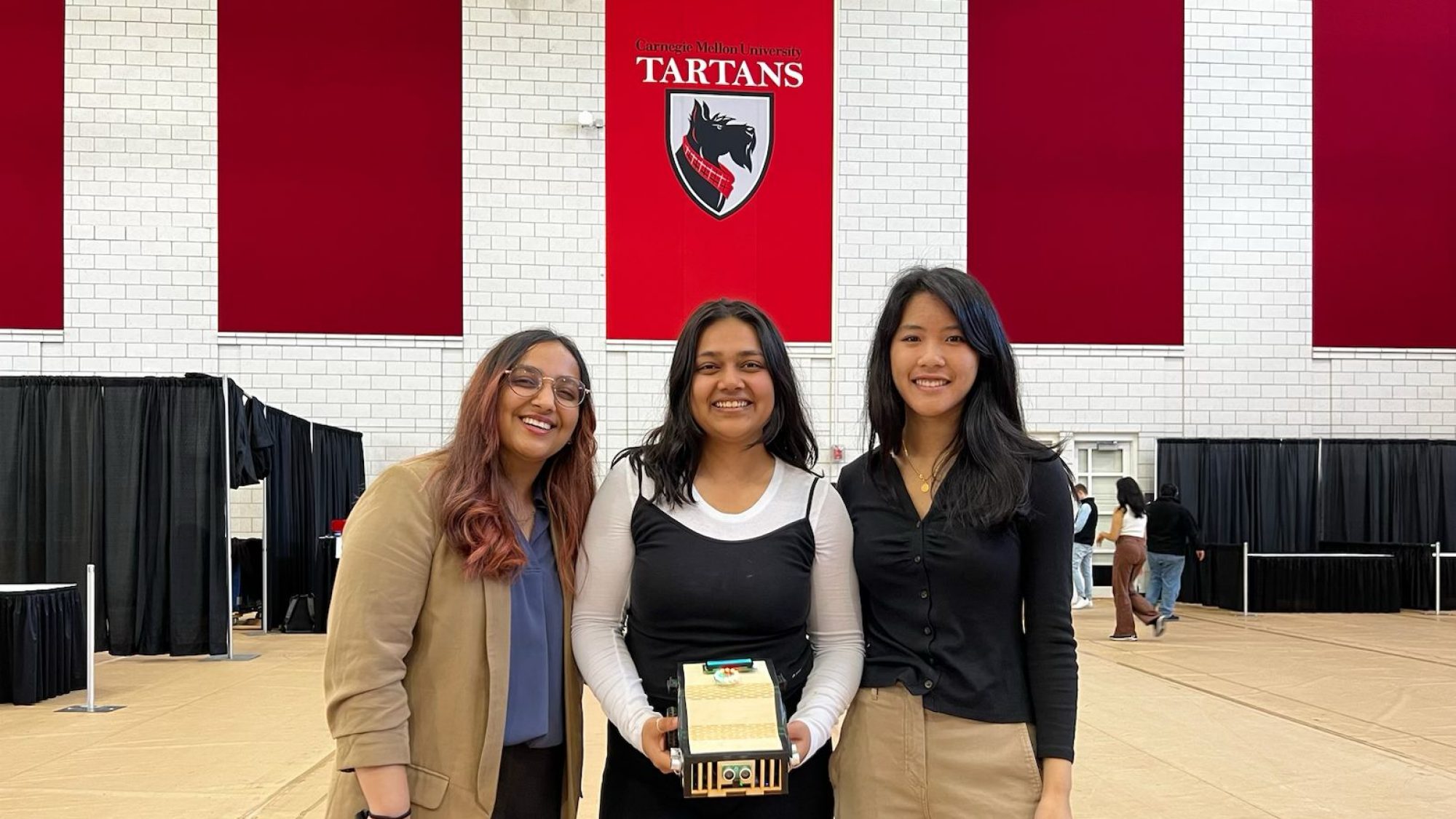This week, I worked on soldering our circuit parts together, along with integrating sensor data reading over TCP communication to a local web server on the ESP8266. I have encountered multiple issues which have set me back in my progress toward software and hardware integration. When editing the code with hardware integration, we found stability issues which left no memory for local variables to issue commands to the ESP8266 module to receive and send data. This led to a pivot in my coding to try and make the sensor sampling, collection, and retrieval possible with a python script with just the ENS160 sensor. The differences between using the Wi-Fi module over the NodeMCU are leading to a lot of debugging issues. due to the lack of libraries around the ESP chip, I have realized through research that sending a JSON string across is going to take manual entering of response codes and header metadata sent across in normal TCP/IP communication for it to be read by a requests library on Python. Trying to integrate the existing NodeMCU library with the Wi-Fi module proved unsuccessful, and I am currently working on trying to code a function with the needed metadata and information that can then be read by a script to run our classification models successfully. With the Arduino Mega, I imagine this will be an easier decision, so in the next week (and in the next 2 days, hopefully), I need to determine whether the early issues I faced with this pin, combined with the ones I’m facing today, are enough to consider an alternative. The lack of hardware and software drivers with this chip is making software and hardware integration harder than it needs to be, in my opinion, but I do want to make an as informed decision as I can about this.

Carnegie Mellon ECE Capstone, Spring 2023: Caroline Pang, Aditti Ramsisaria, Eshita Shrawan